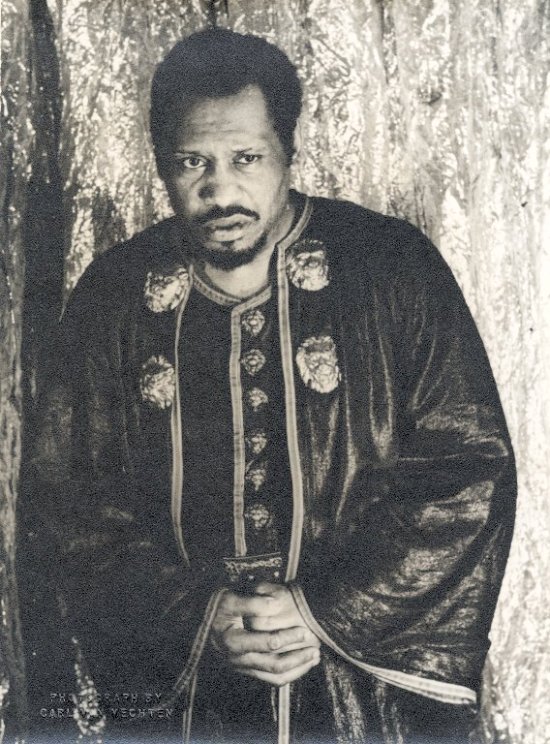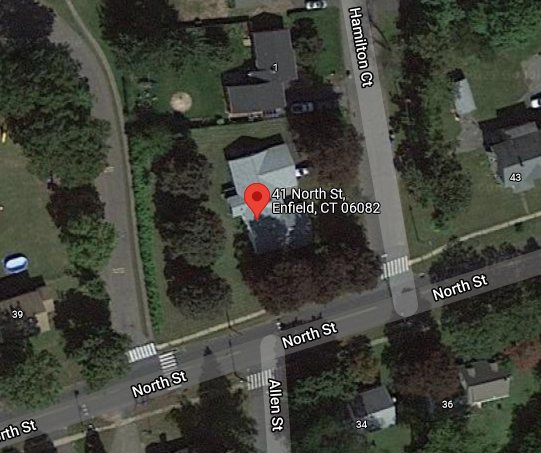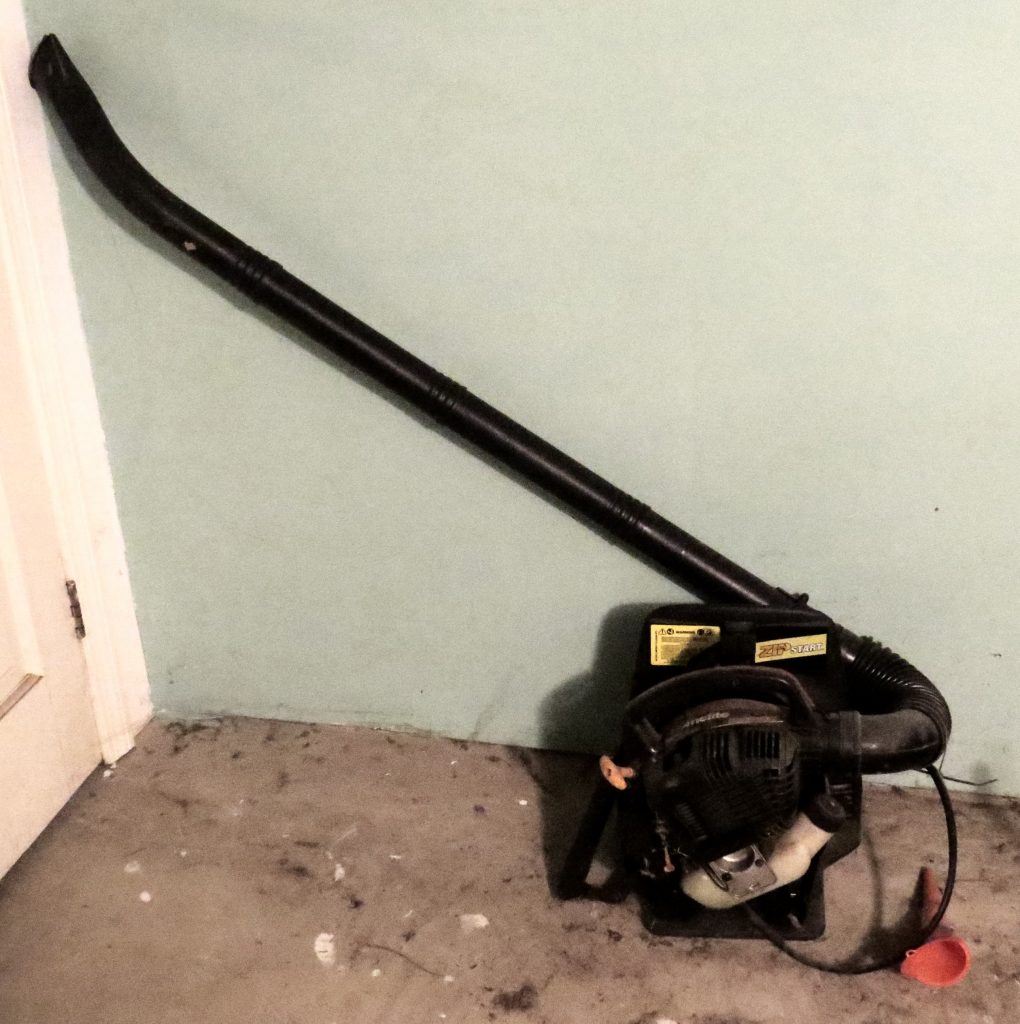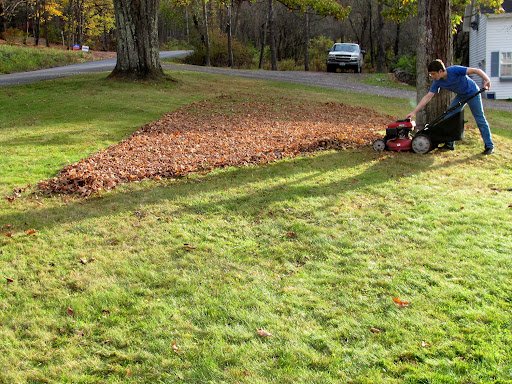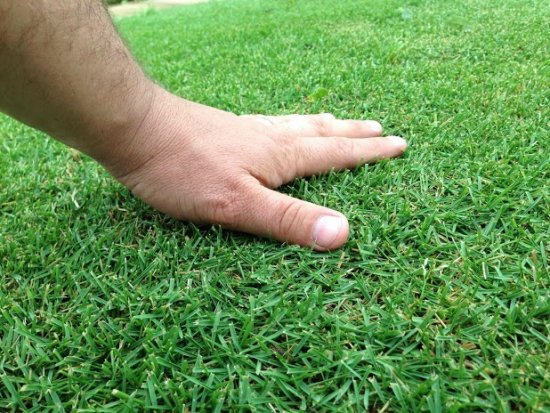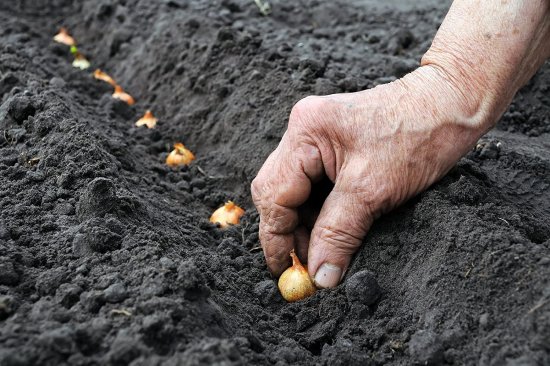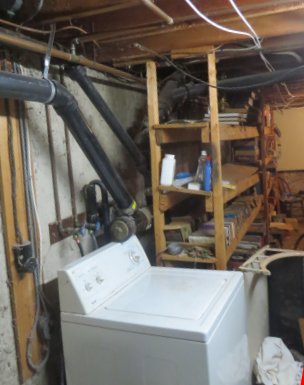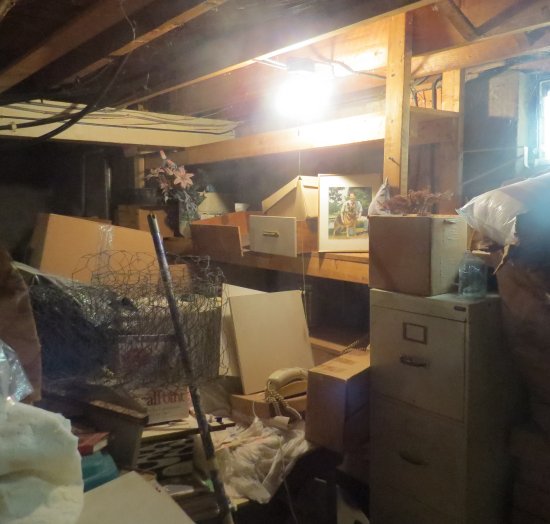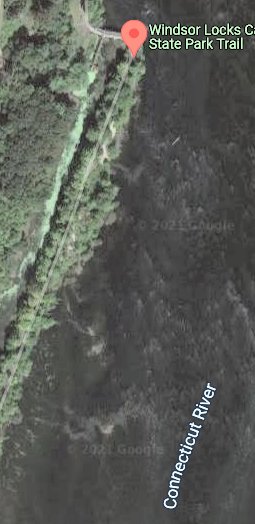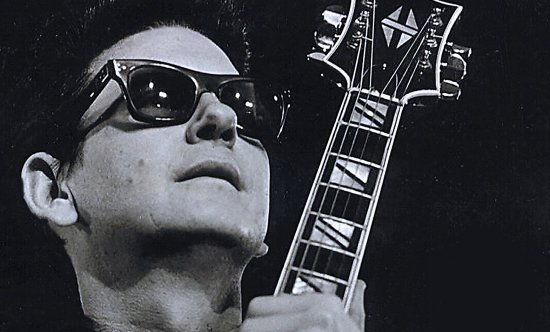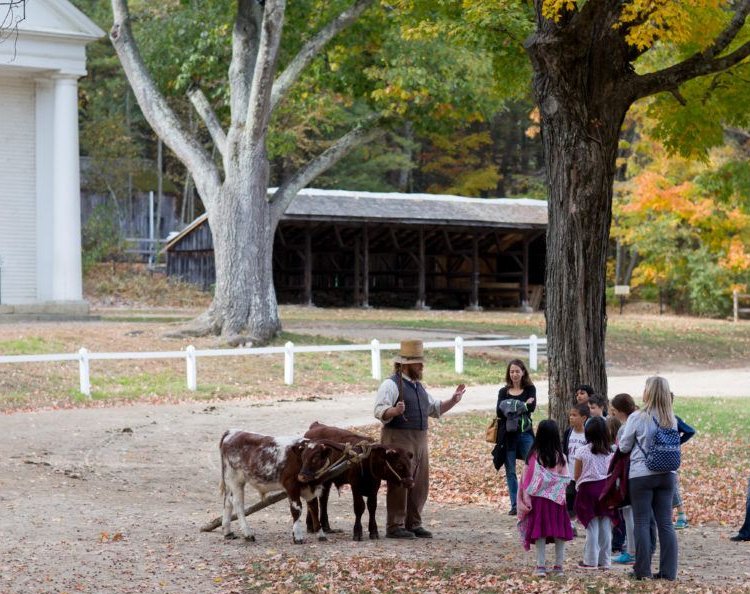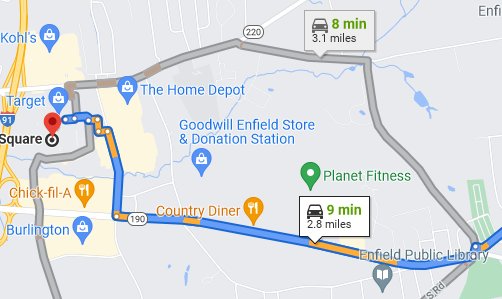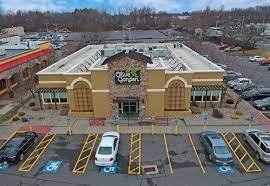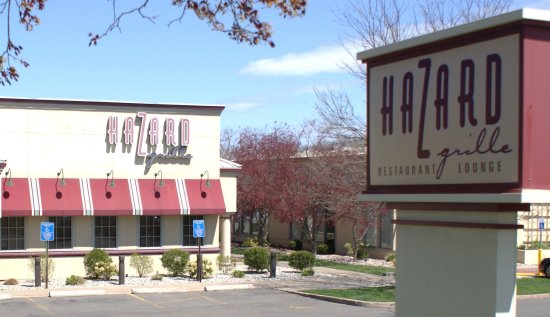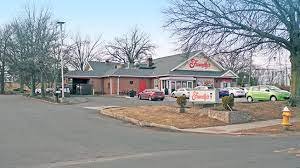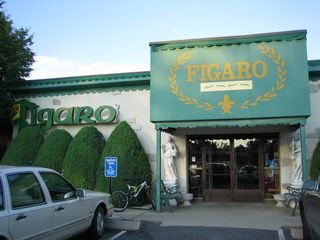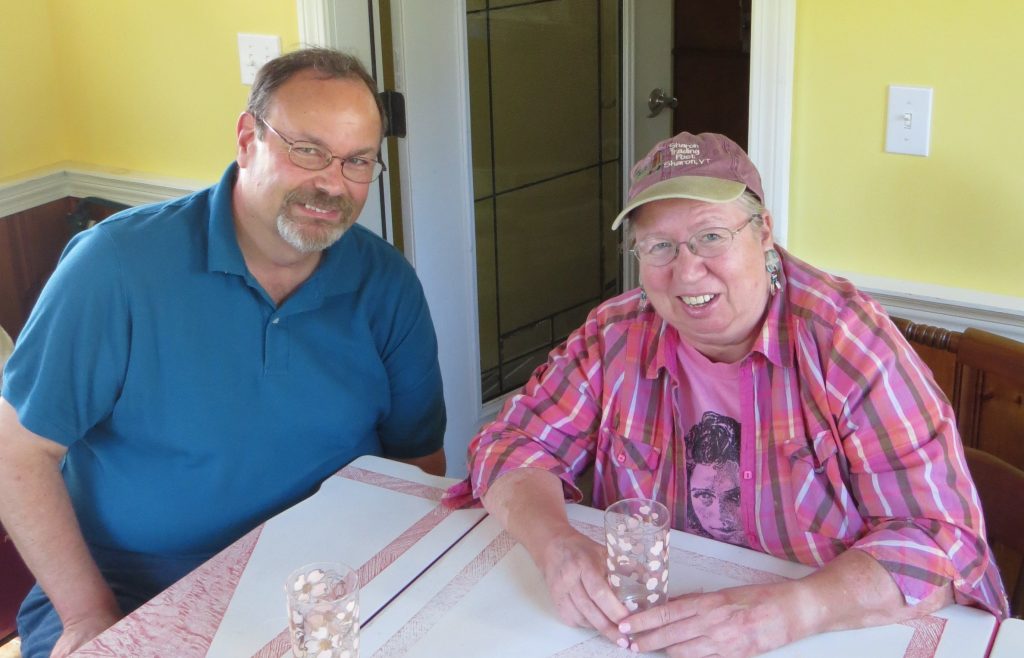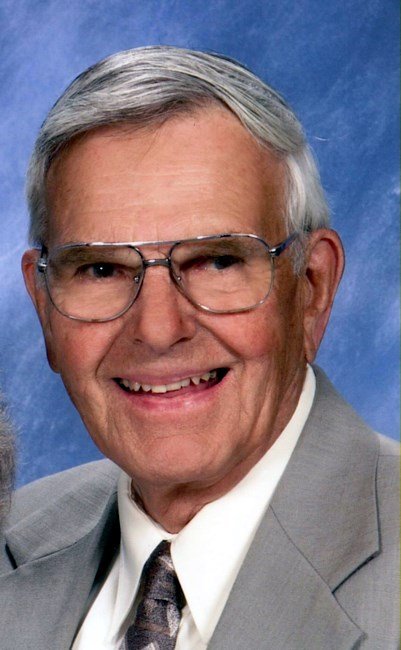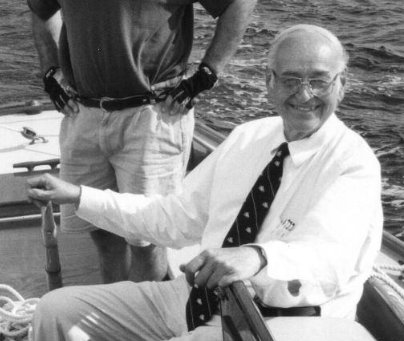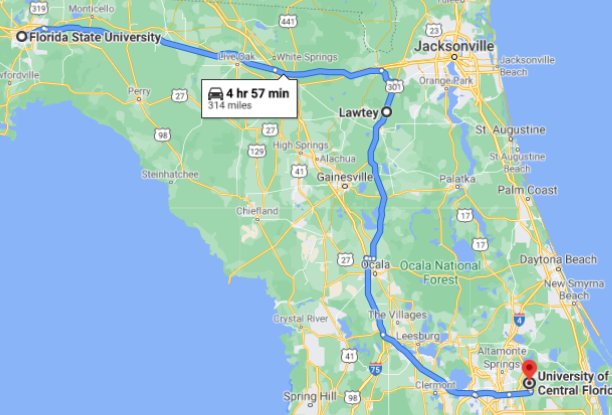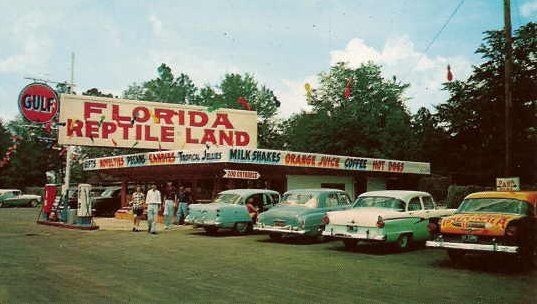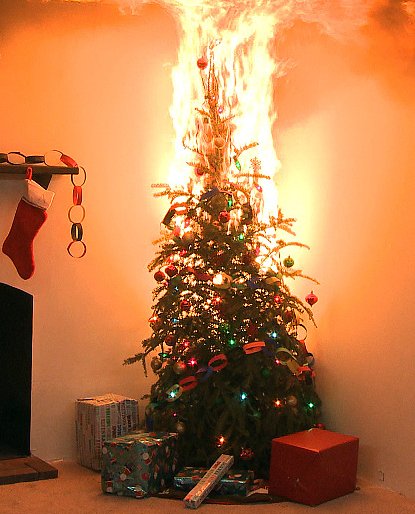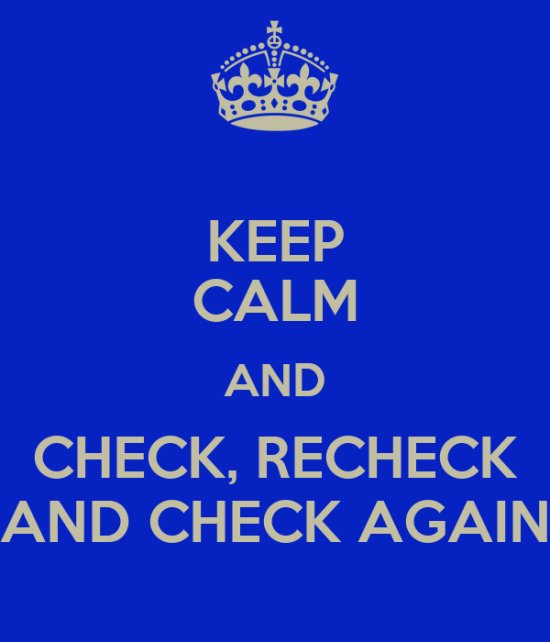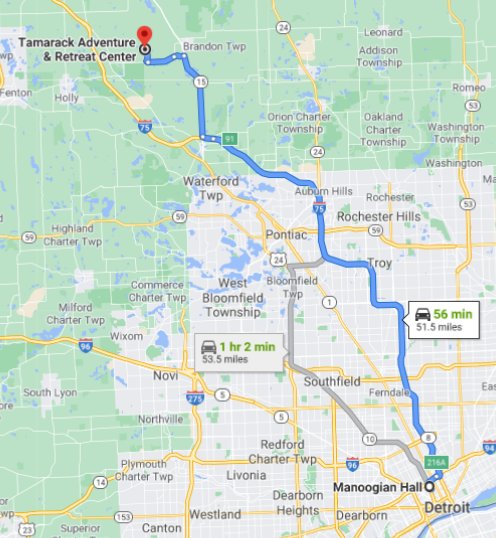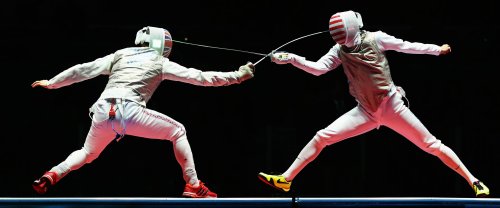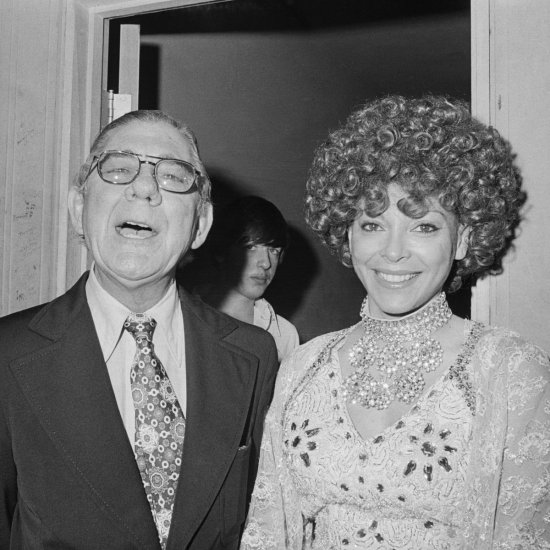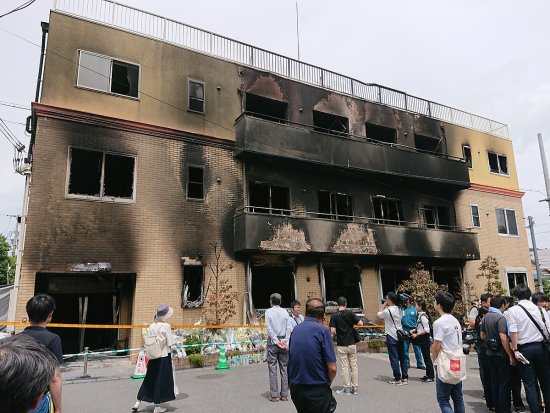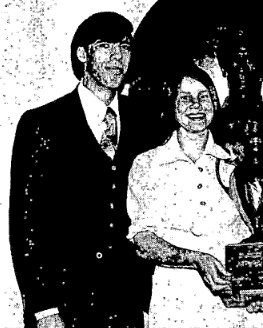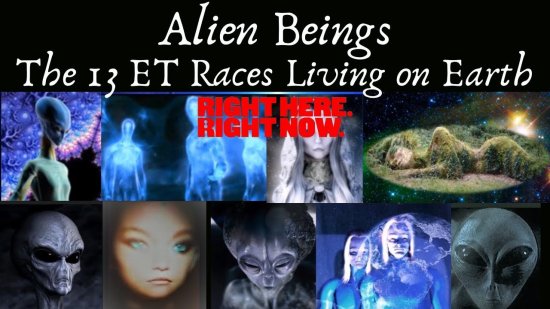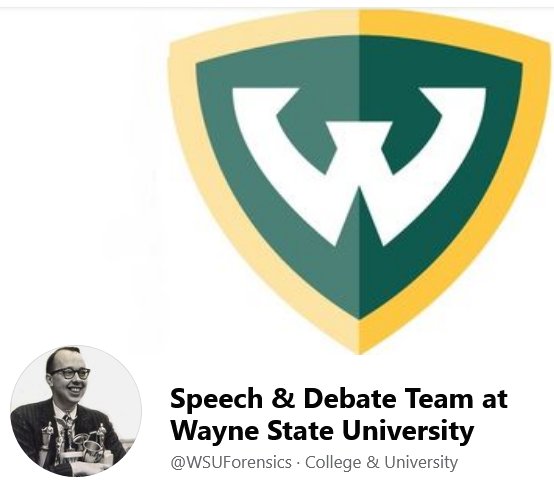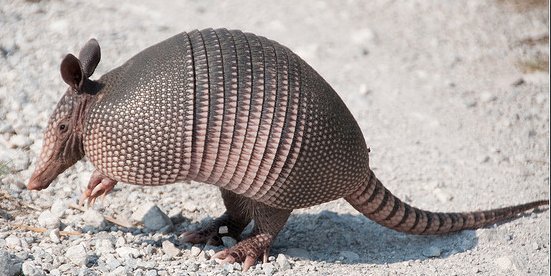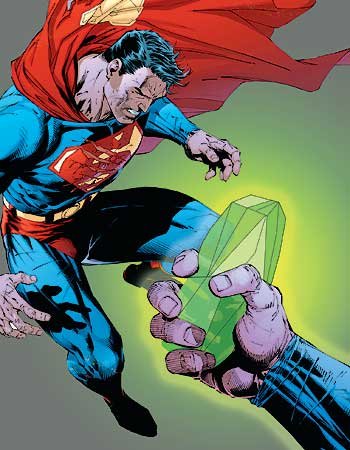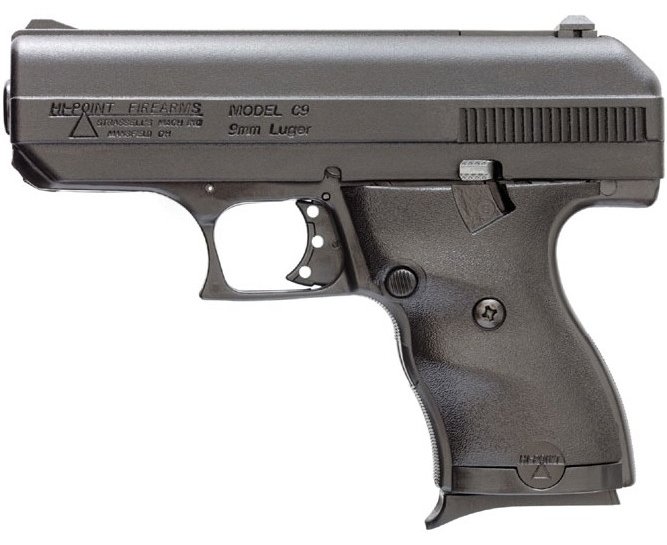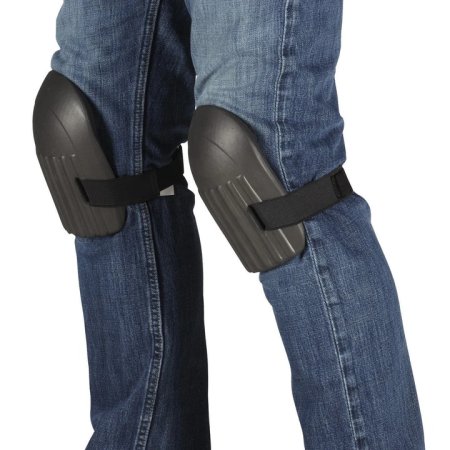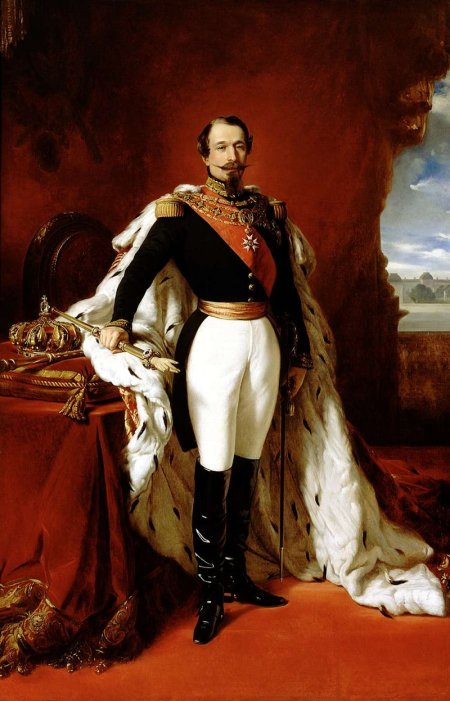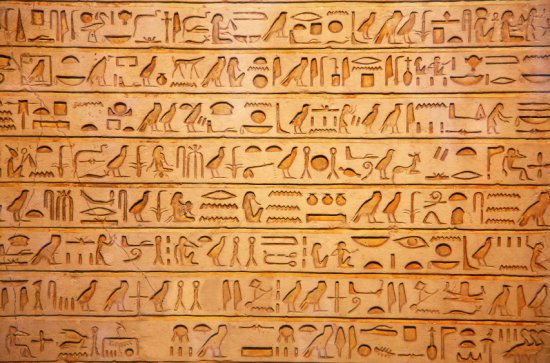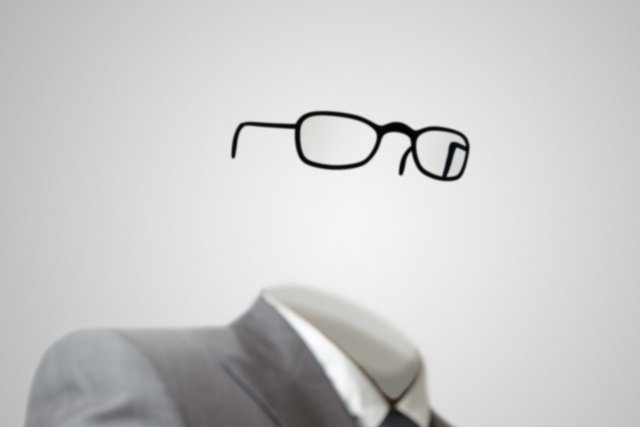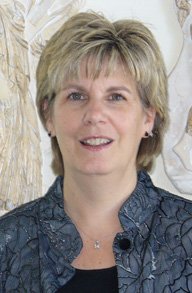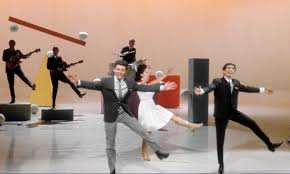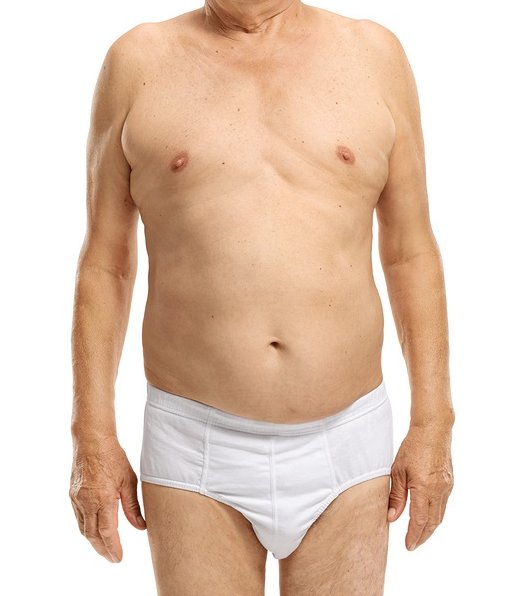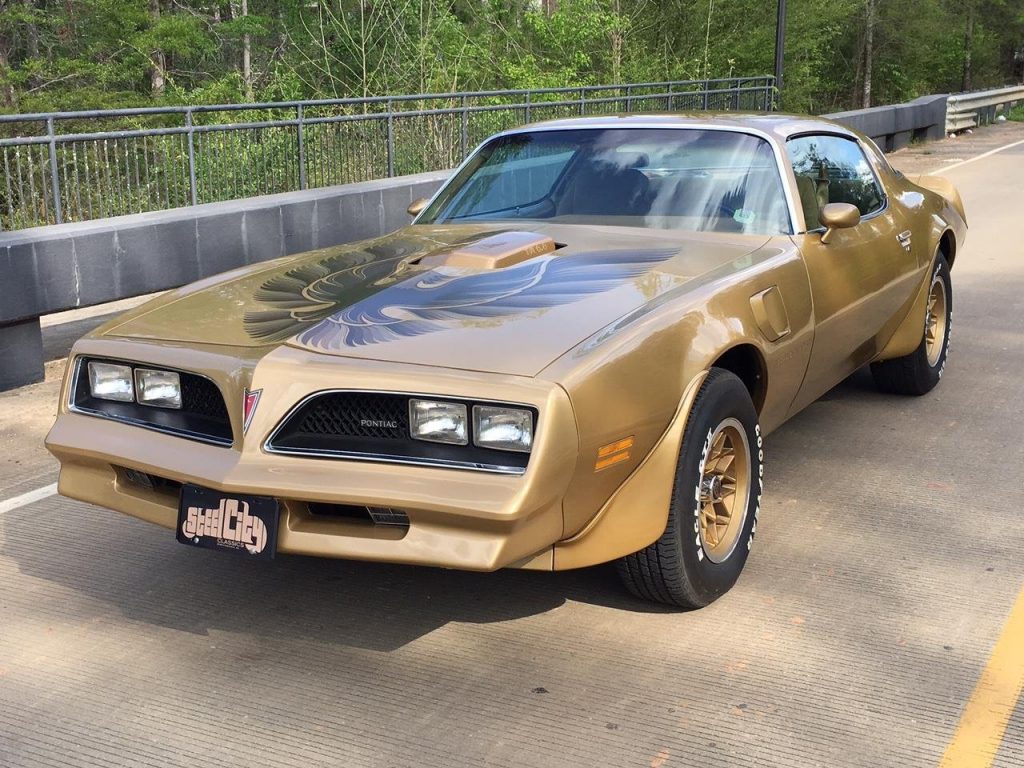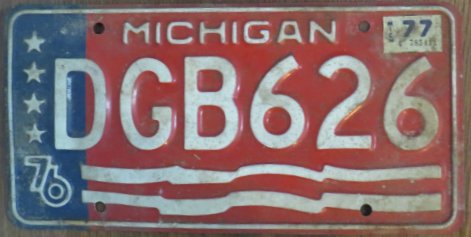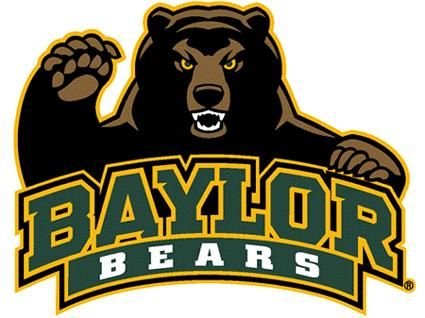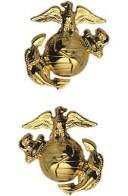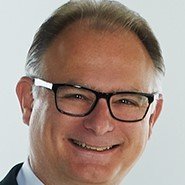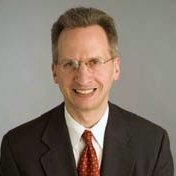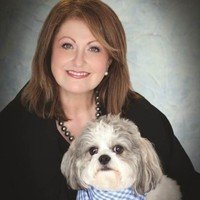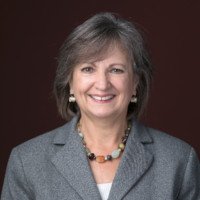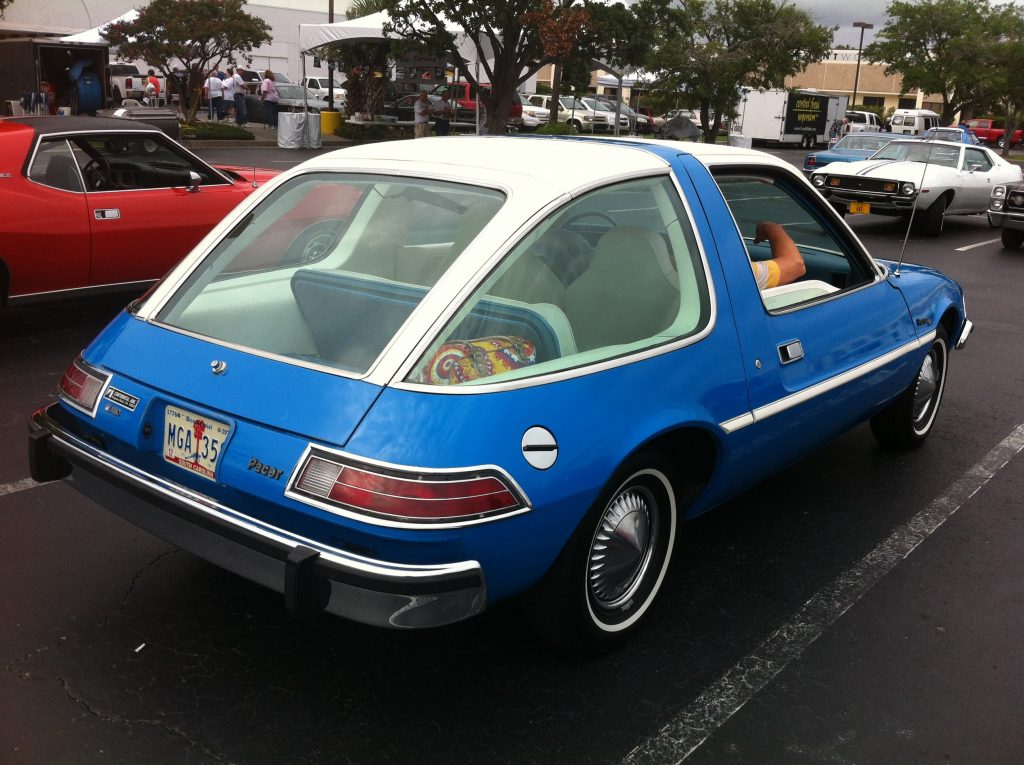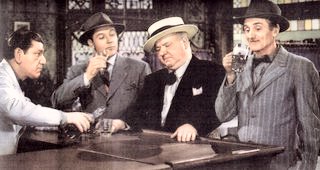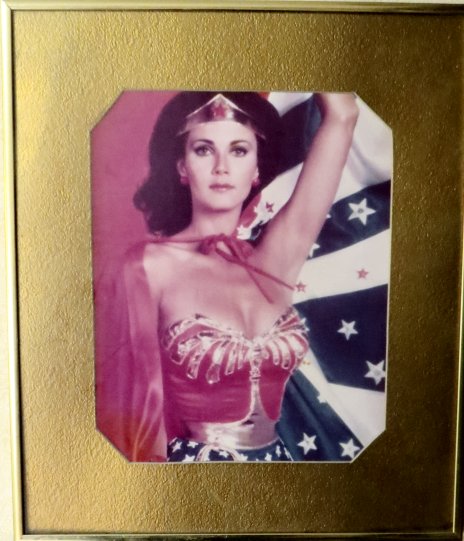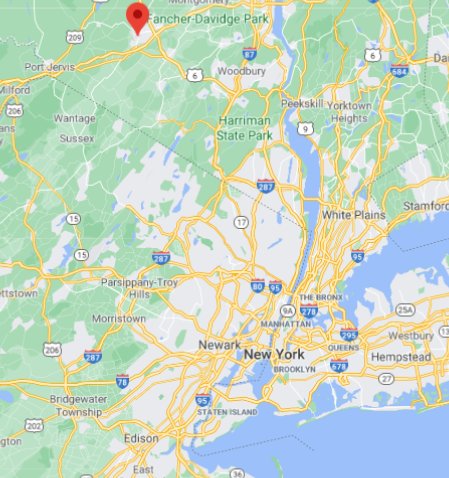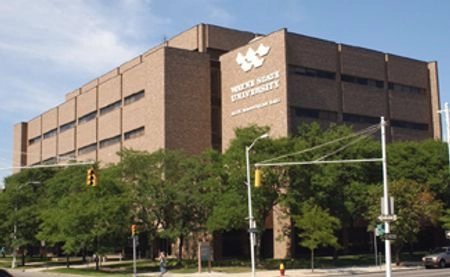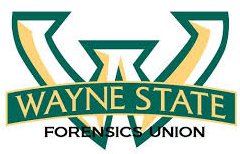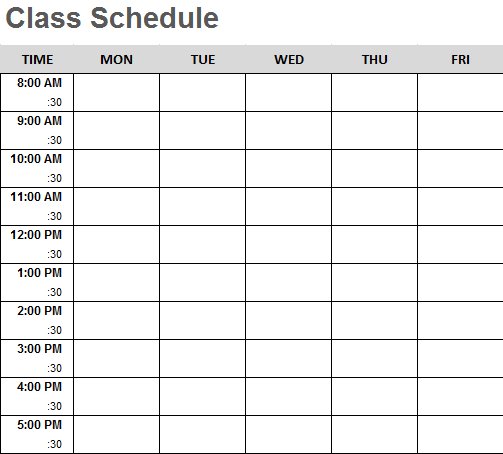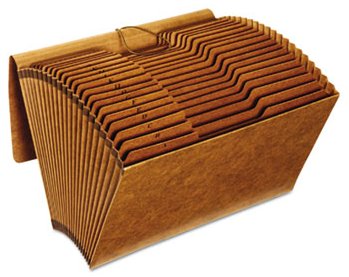Our first few years as a suburban couple. Continue reading
Enfield is the northernmost town in central Connecticut. Historically it was noted for its two industrial giants, the Hartford-Bigelow Carpet Mill and the Hazard Powder Company, which manufactured gunpowder.1 The town had two claims to fame. 1) Enfield Square was the only mall between Hartford and Springfield, MA. 2) Enfield was at one time home to the great Paul Robeson2, or at least to his family. For some reason almost no one in the area seemed to care about the second distinction.
The Neighborhood: Our ranch house on North St. was much more modest than the Robeson’s stately dwelling, and so were those of our neighbors. I did not really know how to be a good neighbor. In the years following our move to Enfield I only really met one of our neighbors. A man named Fred, who was perhaps twenty years older than I was, told me a little about the history of our property. I never really got acquainted with anyone else in the neighborhood.
Part of the reason for this might involve the house’s peculiar layout. The front door to our house faced North St., but the driveway was on Hamilton Court. Fred was our neighbor on that side. The west side of the yard was fenced to separate it from the driveway and sidewalk leading to Hazard Memorial School. Directly across Hamilton Court from us was a two-story house that was divided into four units. It had dozens residents over the years. We seldom interacted with any of them. On the other side of North St. was Allen St., which had only a dozen or so houses before it dead-ended. There was also a house directly across North St. from ours, but I don’t think that we ever met the occupants.
Every year Fred got out a stepladder and trimmed the bushes that separated his backyard from the western side of our yard, which we thought of as the back yard. He informed me that the line of bushes was actually in his property.
Yard Work: That was fine with me, but when Fred and his wife moved to Florida a few years later, the first thing that the family that moved in did was to install a wooden fence adjacent to the bushes. So, the responsibility for maintaining the bushes fell to me willy-nilly.
Those were by no means the only bushes on our property, There were good-sized forsythias in both the northeast and northwest corners of the property. Large burning bushes flanked the house on both sides. Knee-level evergreens decorated the north side of the garage and part of the front. We had at least one rhododendron and two mountain laurels. There were hollies in the front side of the house, but I think that Sue put those in later to replace something else. A hedge of some kind that was about eight feet long, two feet thick, and four or five feet high was positioned fifteen or so feet in front of the door leading to the entryway.
I was well aware that grass and weeds grew, but it had never really occurred to me that these bushes would keep growing all spring and summer, as well as most of the winter. Keeping all of these bushes from overgrowing the house was a task that I had not reckoned on. I bought a power hedge trimmer, but it was heavy, and it could not handle some of the thick branches. I used it on the hedges sometimes, but for most of the other bushes it was easier to use old-fashioned hedge clippers and a lopper. Of course, since we had never faced the issue of bushes before, I had to buy those as well.
Then there were the trees. The property had a spindly pine tree on the east lawn and nine maple trees—seven big red maples that encircled the house, one even larger green maple, and one small Japanese maple that really seemed out of place. In the spring the maples shed thousands of those little helicopter seeds, many of which took root in our gutters. In the fall, of course, the trees discharged all of their leaves.
The very best thing about life in Enfield in those days was that the city had hired a company to come around once a year to vacuum up leaves from the curbside. In our neighborhood it occurred a little after Thanksgiving. I bought a backpack leaf blower, but it still took a lot of time and effort to blow all those leaves down to the street. Even though our corner lot provided us with more footage on the two streets on which we lived than any of the neighbors had, it still seemed as if our mountain range of leaves was as lofty as anyone’s.
The town eventually discontinued the blatant socialism of this service. It was replaced with leaf pickup days. The leaves all had to be bundled in large paper bags, and there was a limit to how many could be left at one time. I seem to remember that they allowed twenty bags at a time. When the objective was changed to getting the leaves in bags rather than down to the street, the usefulness of the leaf blower decreased markedly. I eventually abandoned it in favor of old-fashioned rakes. Sue insisted that the best way was to rake the leaves onto a sheet and then carry the sheet to the destination. I tried this, but found the extra step saved no time or effort.
At some point Enfield stopped accepting the bags, too. Instead brown tipper-barrels were supplied. Every week a truck came to collect their contents, which could include any type of lawn waste. Well, my yard’s leaves could fill dozens or maybe even hundreds of those barrels. I decided to just chop up the leaves in October and early November using the lawnmower with its mulching setting. I have been satisfied with the results.
I also had to take care of the 10,000 square-foot lawn, of course. When I say “take care of” I actually mean “mow”. I never fertilized or watered it, and I only spent any time weeding it once—on August 17, 1988, as explained here. I probably should have bought a small tractor as soon as we moved in. It would have paid for itself several times over. However, I was a several decades younger when we moved to Enfield, and I actually liked the exercise of mowing the lawn—as long as the mower was self-propelled.
I went through three or four lawnmowers before I purchased in 2011 or thereabouts a really good one from the Honda dealer across the street from TSI’s office in East Windsor.
Gardening: Vegetable gardening was my primary hobby when we lived in Rockville. When we looked at houses, I always tried to imagine where a garden could be located. It was not easy to find a decent spot on a lawn that also featured so many maple trees that became very leafy just when the crops needed sunlight.
My main garden was a square patch—perhaps fifteen feet on each side—of land right in front of the bushes on the north side of the house. It was between two trees and far enough away from the house that it received six or seven hours of direct sunlight during the summer months. This was adequate for most popular plants, but it was a continual frustration for me, especially since I understood that over time the trees would only get bigger.
That small piece of land was thickly covered by a thick mat of zoysia grass. I needed to use a spade to remove the turf during the first spring. It was backbreaking work, but I persevered. Then I borrowed Betty Slanetz’s rototiller to cultivate the soil. That was much easier, but in the process I accidentally punctured one of the hoses for the sprinkling system that lay beneath our entire lawn.3
I planted the usual crops—tomatoes, peppers, beans, broccoli, cauliflower, Brussels sprouts, and peppers. I had very little luck with root crops—onions, garlic, and carrots. I never did figure out what was wrong with my technique. My carrots never got more than a few inches long. The onions that I produced were scarcely larger than the sets that I planted in the spring.
In later years I purchased the starters for my tomato plants from Jeanie Smith, who lived at the northwest corner of North Maple and Moody Road. I tried several different kinds of tomatoes, but my favorites were (if I remember correctly) Red Rockets. Unfortunately after a few years of spectacular harvests, they got the blight, and it apparently leached into the soil. Thereafter, my harvest were not very good, and there really was nowhere else on the property suitable for growing tomatoes.
In point of fact, I really was not that big a fan of tomatoes per se. However, the chili that I made with freshly picked tomatoes was just delicious.
My favorite crop was green beans. I tried both bush beans and pole beans. I had some really good harvests, but the Mexican bean beetles, which seemed to arrive en masse in early July were devastating. During the first year I went out every morning and pulled off beetles with my fingers. They always hid on the underside of the leaves. I really did not want to use an insecticide, but I could not come up with another way of keeping the beetles and their voracious larvae from destroying the entire crop. In most other cases I eschewed the use of pesticides in order to protect the cats.
One Christmas Tom and Patti Corcoran gave me a book by Mike Wavada entitled All I Know about Beans and Beetles. Every page was blank.
Since I lived in New England I felt compelled to grow squash and zucchini. Nice crops of broccoli and cauliflower resulted after I learned about bacillus thuringiensis (BT), the environmentally safe way to eliminate cabbage worms. I grew some Brussels sprouts that produced little cabbages well into December. One mild winter one of the plants even wintered over and produced more little heads in the spring!
On the west side of the lawn by the fence I grew some asparagus and strawberries. These plants required an awful lot of weeding and attention, but they both produced nice crops for several years.
I gave up on the main garden after a few years. The growth of the surrounding trees had made it increasingly difficult for the crops to receive sufficient sunlight. I kept up the asparagus and strawberries for a few years after that. At some point I probably just became too busy to pay them the attention that they needed.
The Basement: The house on North St. had a full basement. The staircase down was in the hallway that led to the bedrooms, and the door was directly across from the entrance to the kitchen.
Two large shelving units were built into the walls of the basement. It would have been a huge undertaking to remove them. We did not even consider doing so. The one on the north side we used for storage of books and games that were seldom used and the indoor side of the landing spot for the cats coming through the cat door. Next to it on one side was the case that held the fuses; on the other were the washer and dryer.
A small piece of plywood served as a ramp from the cat door to the top shelf. From there the cats made a right turn and walked over to the edge, jumped down to the washing machine and from there to the floor.
Next to the shelves on the west wall was the control unit for the underground sprinkler system. I played around with this enough to figure out that I did not want to use it. I saw two disadvantages: 1) Our water bill would increase. 2) The grass would need to be mowed more often.
For my fortieth birthday Sue bought a ping pong table. Evidently I had once told her that I played some ping pong at Allen Rumsey House in the sixties. It was not one of my better sports, and it certainly was not hers. I set it up near the shelves that held games and books.
We played a few times, but it frankly was not much fun. The area where the table was installed was not really suitable. There was not enough light and room for a good game. Furthermore, Sue experienced a lot of trouble keeping the ball on the table.
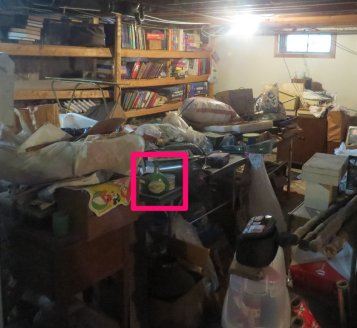
At some point Sue became interested in N-gauge model trains. She converted the ping pong table into a small train layout. For all that I know, that may have been part of the reason that she bought the table; I certainly never suggested that I wanted one. She and Brian Corcoran also formed a company for purchasing gear called the B&S railroad. All of that stuff is still down on the table in the basement, but only a trained archeologist could unearth it today.
After we got our new kitten, Woodrow, I found an old door that somehow had appeared in our basement. I converted it into a ramp for him from the top shelf down to the ping pong table. A box was strategically positioned to make it easier for him to reach the table. Woodrow used the ramp to get down for the rest of his life, but he preferred to climb up the bookshelves when he wanted to go out. He also like to shinny up trees when he was chasing squirrels in the yard. However, he did not like to climb down, and I had to rescue him a few times.
The rest of the basement was soon filled with boxes of Sue’s junk. Many of them have never been opened since we moved into the house, a period of nearly thirty-four years!
Sports: My interests in most sports waned considerably after we moved to Enfield. I still watched Michigan football games on television, however. Someone even gave me a license plate holder that celebrated Michigan Football. In 2021 it is affixed to its third car.
I began to take jogging more seriously. Enfield is one of the flattest towns in Connecticut, a distinction that made it rather easy to design a course of almost any length that did not involve hills as steep as the one on which we lived in Rockville. I often took a long lunch break that consisted of a run of a few miles, a shower, lunch, and a short nap before I returned to the office.
In good weather I ate lunch at our picnic table and napped on the small mattress that came with the camping cot that Sue had purchased when we lived in Rockville. Rocky, the cat that moved with us from Rockville, would emerge from his favorite sleeping sport in the forsythia bushes and beg for a morsel of human food. The tiniest bit satisfied him, and he returned to his bush. As soon as I lay down for my nap, Woodrow, the trailer-trash cat that Sue brought home from St. Johnsbury, VT, generally ambled over from his napping spot beneath the burning bush and plopped himself next to me on the mattress.
I also found two other very enjoyable places to run. The trail at Windsor Locks Canal State Park, which started in Suffield, CT, and the trail that stretched from Northampton to Amherst in Massachusetts.
I became rather serious about the activity. I tried to run as much as possible, even in the winter, although I never ventured out in ice, snow, or, for that matter, rain. I ran eighteen miles one morning in the fall. I refused to carry water, but I did place water bottles at two places along the route. Those were my only stops. I am not sure of the date, but I do remember mentioning it to prospective clients on the trip that I took to Seattle, and that was in 1992 or thereabouts.
I also remember that I ran a few miles the next day. That allowed me to brag to a serious runner, who was a friend of Sue’s from high school, that my personal best for a marathon was twenty-five hours.
Classical Music: While running I listened to music on a Sony Walkman with headphones. I bought a lot of cheap cassette tapes of orchestral works by an eclectic group of classical composers. I made an effort to become familiar with most of the popular composers. My collection included only a few operas. Cassette tape drives were installed on both my Saturn and the Honda that I bought in 2007.
I remember mentioning one afternoon to someone at TSI’s office that while jogging on South Road I had been listening to one of the Hungarian Rhapsodies. I was startled to find myself leaning so much to one side that I almost lost my balance. Then it dawned on me why it had happened. I had just been Liszting.
Entertainment: I have difficulty remembering what we did for amusement during these years. We certainly visited the Corcorans often, and I attended a number of softball and soccer games that involved my sister Jamie’s kids. We went to a Springfield Indians hockey game with Sue’s dad once.
On March 11, 1988, Sue and I saw Roy Orbison at Symphony Hall in Springfield. The warmup act was a comic whom I had never heard of. This was perhaps the most well-behaved crowd in the history of concerts. People who left the concerts patiently waited for “Walk” lights before crossing the deserted streets.
We also enjoyed seeing Sam Kinison at the Paramount Theater in Springfield. I don’t know the date, but the comic died in 1992.
For several summers after we moved to Enfield Sue’s youngest sister hosted a day-long “Betty Bash” at the house in which she lived with Don and their parents. I really enjoyed these events. I always participated in the volleyball games and the epic croquet games (played with Slanetz rules). The food was typical picnic fare combined with special dishes that Betty concocted. Tom Corcoran always came. I remember that Jamie brought her son Joey on his fourth birthday.
I got to meet quite a few of Betty’s friends. They were all considerably younger than I was, but it was easier to relate to them than to the Enfielders that I knew.
Trips and Visits: Sue and I took two big international vacations during our first years in Enfield. The fortnight in England is described here. The write-up of the Turkey-Greece cruise begins here.
Sue and I almost certainly took some shorter trips, but the only one that I remember was the visit that we made to one of Sue’s high-school friends in Austin, TX. That trip involved a drive in a rental car from Dallas, where I did a presentation of the AdDept system for Neiman Marcus. That successful experience is described here.
My parents made at least one trip to New England during our first years in Enfield. I don’t think that they ever stayed in our guest bedroom. Instead, they stayed at a hotel near my sister Jamie Lisella’s4 house in West Springfield, MA. My recollection is that the hotel was a Howard Johnson Motel on Route 5. I think that this hotel shut down, and in later years they roomed at the Hampton Inn that was built almost directly across the street.
My parents spent most of their time with Jamie and her kids. I remember, however, that Sue and I drove mom and dad to Old Sturbridge Village once. I remember only that it was quite cold, and we ate lunch or supper at the Publick House or the Bullard Tavern. They seemed to like the idea of having a genuine (well, sort of genuine) New England experience.
I am pretty sure that they came to Enfield for a picnic lunch or supper in our back yard at least once during these early years. I don’t remember the details.

Retail: The mall in Enfield, which is now known as Enfield Square, was developed by the May Company, one of TSI’s primary customers. It opened in 1971, just before I met Sue in my first stint in Connecticut. The mall originally housed three anchor stores—G. Fox (one of May’s department store chains), national chain JC Penney, and Steiger’s, a small chain of department stores based in Springfield. Dozens of smaller shops and eventually a twelve-screen theater were housed in the mall.
Four large strip malls were built on three sides of the mall. A fifth was positioned a block to the east near several auto dealerships and the post office. At least two or three very large grocery stores have been located in them throughout the years that we have lived in the area. Nearly every type of retailer could be found in a fairly small area. All of these stores were easily accessible from I-91 and Route 5. It was (and still is in 2021) the only large shopping area between Hartford and Springfield, MA. For almost two decades Enfield Square was the only enclosed mall in the Hartford area that was east of the Connecticut River.
Great numbers of people came to Enfield to shop in the years after we moved to Enfield, and the people who lived in Enfield felt little reason to go elsewhere for retail therapy. It was very convenient for Sue and me; our house was less than three miles away.
Sometimes individual retailers seemed guilty of very poor planning. For several years there was a McDonald’s across the street from the mall on both the north and south sides as well as one inside the mall. That last one closed when the mall began to deteriorate.
There was also a RadioShack on the south side of the mall. In the late nineties I made numerous trips to the company’s headquarters in Fort Worth. One day someone in the advertising department heard that I lived in Enfield and told me that the Shack was opening a new store there. I told them that there was already a store in Enfield and asked for the address of the new one. It had a low number on Elm St., which is the street bordering the north side of the Enfield Square. Shortly thereafter a new Shack appeared in the strip mall north of the mall, but—no surprise to me—it lasted less than a year. Many more details concerning my experiences with RadioShack’s advertising department, the other divisions of Tandy, and Fort Worth(less) are recorded here.
Restaurants: By the time that Sue and I moved to Enfield a large number of restaurants had sprung up in and around the mall. The former group included Ruby Tuesday’s and a few transitory fast food places. Of the ones on the periphery The restaurant that has lasted the longest is Olive Garden, which was and still is on the edge of one of the strip malls south of Enfield Square. I went there for lunch with clients or employees a few times.
Originally the building adjoining the Olive Garden was occupied by another Darden Restaurant, Red Lobster. When Red Lobster closed a new restaurant called the Hazard Grille5 opened there. Of all of the local eateries it was our favorite. Sue especially liked it when local musicians performed there.
We went to Ruby Tuesday’s fairly often. We liked the salad bar. We picked up fried chicken from KFC on Route 5 with some frequency until its owner retired and closed the store. We tried most of the other restaurants at least once, but we never became regulars at any of them. My dad and I often ate lunch at the Friendly restaurant in the mall’s parking lot. Our orders were totally predictable. He always ordered a senior turkey melt and a coffee. I always got the Reuben SuperMelt and a Diet Coke. Details about my dad’s life in Enfield are posted here.
Among the restaurants that we definitely did not frequent were the other two restaurants with stand-alone buildings on the grounds of Enfield Square. We went to Chi Chi’s once; we did not enjoy it at all. We found the fancy Italian restaurant, Figaro, to be grossly overpriced. I don’t think that Chi Chi’s made it to the twenty-first century, but Figaro is still operational. Sue and I dined there once with my Advanced Italian class.
The Lockes: Sue’s mother’s maiden name was Effy Locke. She had four brothers, three of whom lived in Enfield, as did almost all of their offspring and their offspring’s offspring. So, during the first years of our residence in Enfield Sue and I became much more involved with both her many relatives and the few of mine with whom I had any dealings.
It frankly astounded me that so many people in one family lived so close together. My relatives for the most part spread to the four winds as soon as it was feasible.
I must admit that I had a hard time adjusting to the Lockes. They all had a lot in common and seemed to get along well with one another, but I could not seem to find a way to fit in. I could seldom find anything to talk about with any of the male members of the clan. Most of them drove trucks as part or all of their jobs. The family game was a very simple trick-taking card game called Setback.
The exception in Sue’s family was her uncle Bob Locke, who lived with his wife Carol6 in western Michigan. He worked as an engineer. Their family, which included three daughters named Deb, Wendy, and Sandy7, drove out to Connecticut in an RV at least a few times. Whenever they did, one of Bob’s siblings threw a party that inevitably included a softball game. All the cousins attended. I played too, at least once.
Of all of Sue’s uncles the one whom I knew the least well was Chet Locke, whose wife was named Elsie8. They had two sons. Tim and Natalya live in Stafford Springs in 2021. I never got to know them very well at all. Paul married one of Betty Slanetz’s best friends, Karen Shapiro. Sue and I went to their wedding, which occurred in the early nineties. In 2021 the couple have two grown children.
I knew Charlie Locke because he worked as an electrician for the Slanetz Corporation. I am pretty sure that he and his assistant did the wiring for our office in Enfield. His wife’s name was Gene.9 They had two daughters, Patti Caswell10 and Kathy Stratton. I hardly knew either one of them.
Ted Locke and his wife Judy lived in the house right across the street from the house in which Sue grew up. Since both Don and Betty lived there with their parents (until they moved to Florida), Sue and I saw Ted and Judy quite often. Until she died in 1990, Sue’s grandmother Molly Locke lived with Ted and Judy.
Ted and Judy’s family family included three children. Sue Tkacz is a very perky lady, with whom I have exchanged greetings on a few occasions. Sue and I went to a Christmas party at the home in Somers of Glen Locke and his wife at the time, Sue. The youngest son, Jim, lives in Enfield. His wife Ann worked for TSI for a while.
Almost all of these people—or maybe I should say almost all of the males listed above—were very much into cars and, especially, trucks. So was Don Slanetz. They also knew a lot about who was building or buying real estate or equipment in Enfield and the vicinity. I found it extremely difficult to avoid being a bump on the log at the frequent family gatherings of the Locke clan. My fields of interests are quite diverse, but none of them seemed to overlap the interests of any of these people.
The only exception to the above statements that I can think of was Sue’s Uncle Bob. He seemed different from his brothers. I also got along with Sue’s mother and her sisters and most if not all of the women in the extended Locke family, and I do mean extended. Almost all of Sue’s cousins have at least two children and some members of that generation also have children.
The Slanetz Reunion: Seldom had I ever even met any of the relatives of Sue’s father, Art Slanetz. I have a very vague recollection of meeting Sue’s cousin Diane Davis11 back in 1972 or 1973. We encountered her by chance on the street in Rockville. I don’t remember any more than that. I also have a very hazy recollection of going to the house in Enfield of Art’s sister, Margaret Davis12. I remember being told ahead of time that Art and Margaret did not get along very well. I retain a very strange recollection of having brought her a doormat as a present. I have no idea as to what the context could possibly have been. Other than those two events I had no dealings with or information about Art’s side of the family—with one exception.
I had heard stories about the wunderkind, Margaret’s son Mark. He was reported to be the smartest of all of Sue’s cousins, and in fact the smartest person in his age group in all of Enfield.
I am not sure who came up with the idea of a reunion of the Slanetz family in 1992. It might have been Mark. It was held during the summer at the house in which Sue grew up in 1992. I am not sure why it was held in Enfield. In some ways it was a central location. Carloads of people drove from Long Island, New Hampshire, and Vermont. A few also came from much farther away.
I must admit that I was dreading this event. My only dealing with in-laws13 had been at the get-togethers of the Locke family in which I always felt ill at ease. In point of fact I would have skipped it if I could. However, I did attend, and I was very glad that I did.
The Slanetzes were nothing like the Lockes. Although quite a few had been born in the Enfield area, only Art and Margaret had stayed there. They seemed to have spread out all over the country, and their number included an impressive array of intellectuals, businessmen, and creative people. There was no family business, as far as I could tell. Most importantly, the conversations never approached the twin topics of trucks and Enfield gossip.
I don’t remember too many of the details. I do have a clear recollection of avoiding being included in the inevitable group photo.
The most famous attendee was Dr. Charles Slanetz Jr.14, a heart surgeon and researcher from Long Island. The most memorable connection that I made was with Bill15 and Norma Slanetz of Keene, NH, and their children Diane Patenaude, Jack, and David16.
Sue and I made several very enjoyable trips to visit with Bill and Norma. Bill was an avid gardener, and his garden was so large that, compared to mine, it seemed like a farm. I liked to wander around in it and examine the produce.
Their house was high up on a steep hill, and it was not easy to reach. Nevertheless, friends and family were always dropping by. The conversations were always interesting, at least to me, and some sort of activity, planned or spontaneous, always seemed to be happening.
Bill also liked to play bridge, and after I took the game up again in the twenty-first century, we sometime discussed the world’s greatest card game. Norma played too, but she was not as involved as Bill.
1. Both companies are defunct. the buildings of the carpet company have been transformed into apartments. Its Wikipedia page is here. Large portions of the powder factory were destroyed by a tremendous explosion on January 14, 1913. Its Wikipedia page is here.
2. Paul Robeson (1898-1976) is most famous for his portrayal of Joe in Show Boat, and especially for his unforgettable rendition of “Ole Man River”. However, acting was the least of his talents. He was a two-time all-American football player at Rutger, and he was such an outstanding student that he earned membership in Phi Beta Kappa and the Cap and Skull Society. He was also elected Valedictorian of his class. While he was earning a law degree at Columbia he played on two different NFL teams and appeared in several professional play productions. He spent much of his life giving concerts and lectures, often speaking about how much better he was treated by Europeans, especially Russians, than Americans. He was blackballed in the fifties and not prohibited from traveling abroad because of his political views. In 1940 he moved his family into a large house at 1221 Enfield St. (Route 5) in Enfield, which he owned for thirteen years during the highlight of his career as an entertainer. He was on the right side of history from start to finish but the wrong side of politics for most of the rest of his life.
3. This was not a great loss. If I had maintained the system over the decades that we have lived in Enfield, the sprinkler system may have significantly enhanced the value of the property. However, I had no intention of doing something so foolish as to pay higher water bills just to encourage the grass to grow more rapidly. So, the system probably would have ceased functioning properly at some point anyway.
4. A lot more about Jamie and her family has been posted here.
5. The Hazard Grille closed without warning in 2013. A couple of other restaurants succeeded it at that location with no success. In 2021 the building was torn down and replaced by a smaller building that is shared by Starbucks and Jersey Mike’s.
6. Carol died in 2018. Here obituary is here. Sue and I drove out to Michigan in the fall of 2008. We saw Bob, Carol, and their family on this trip, which is described here.
7. All three of the daughters are now married. Their names in 2021 are Deb Batts, Wendy Ahearne, and Sandy Mulder, and they all live in the Grand Rapids area.
8. Both Chet and Elsie are deceased in 2021. I could not find an obituary for Chet. Elsie’s is posted here.
9. Charlie and Gene are both deceased in 2021. Charlie’s obituary is posted here, and Gene’s is posted here.
10. Patti Caswell died in 2019. Her obituary is here.
11. Diane has apparently been married a couple of times. Her last name in 2021 is Clark, but her children are named Quinn.
12. Margaret Davis died in 2010. Her obituary is posted here.
13. Sue and I were not married then, but we were in the second or maybe even third decade of our whirlwind courtship. Everyone expected me to be at the family reunion.
14. Dr. Slanetz died in 2006. The newsletter of the John Jones Surgical Society of Columbia University published a long obituary. It is posted here. Scroll down to page 11 or search for “Slanetz”.
15. Bill Died in 2017. His obituary is posted here. Sue and I drove up to Keene for the funeral.
16. David Slanetz died unexpectedly at his house on the island of Dominica in 2004. His obituary is posted here. Sue and I attended the memorial service.

